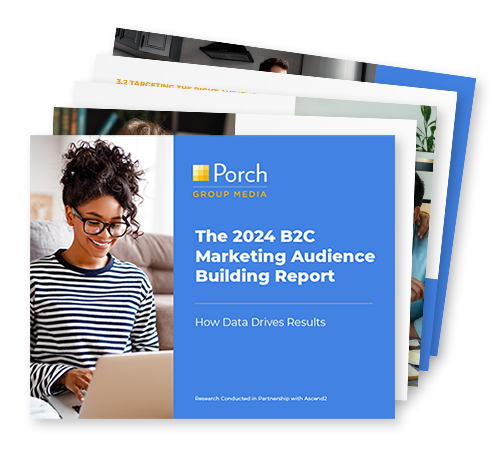Today’s customers are tech-savvy and expect a unified brand experience across all touchpoints, from mobile apps to brick-and-mortar stores.
Omnichannel marketing makes this possible by uniting all your channels, from social media to physical stores, into one cohesive strategy.
As competition intensifies, investing in a seamless omnichannel experience will win you more new customers and keep your brand loyalists happy and engaged.
2025 Omnichannel Marketing Trends & Statistics
Check out these statistics on omnichannel marketing trends & statistics for 2024:
- According to the McKinsey Report, more than 60% of consumers participate in omnichannel shopping.
- Research shows that companies with omnichannel customer engagement strategies retain 89% of their customers.
- According to Omnisend data, omnichannel marketing can bring nearly six times more sales than channel marketing.
- As per Google Research, 90% of multiple device owners switch between devices every day, using an average of three devices to complete a task.
- Research by Think with Google revealed that employing omnichannel strategies contributed to approximately 80% of customer visits to brick-and-mortar stores. Additionally, a significant portion, up to 74%, of consumers conducted online research before visiting a physical store.
- customers engage with an average of nearly six touchpoints, and 50% regularly employ more than four.
- 64% of marketers identify a shortage of resources as their primary obstacle to implementing omnichannel marketing.
Top 4 Benefits of Omnichannel Marketing
Omnichannel marketing offers some amazing benefits. Here are some of the top 4:
1. Meet Customers Where They Are
Your customers expect to be able to engage with you on their preferred channels. Some of your customers might prefer to be emailed. Some might turn to social media to learn about your latest offerings. An omnichannel approach ensures you’re meeting your customers where they are so they can engage with your offers.
2. Increased Customer Insights
Engaging with customers across multiple channels helps you gather data from more sources, which helps you form a more comprehensive customer view.
Types of data that can be gathered across channels include:
- Customer Demographics: Basic demographic information such as names, email addresses, age, and location, etc.
- Behavioral Data: Data on how customers interact with your channels, such as website visits, mobile app usage, and social media interactions.
- Purchase History: Purchase history across channels (online and offline) provides insights into buying patterns, preferences, and potential upsell or cross-sell opportunities.
- Device Usage: Understanding which devices customers use to access your services (e.g., smartphones, tablets, desktop computers) can help optimize your content and layout across platforms to provide a better user experience.
- Engagement Rates: Measuring how customers interact with your emails, social media posts, SMS, and other marketing communications can help you understand what types of content are most effective at engaging customers.
- Channel Preferences: Observing the channels through which customers prefer to communicate with your business, make purchases, or receive support can help you allocate resources more efficiently.
- Customer Loyalty Metrics: Data on loyalty program participation, such as signup rates, usage rates, and reward redemption patterns, can provide insights into what incentives are driving customer loyalty.
- Cart Abandonment Rates: Tracking when and where customers abandon online shopping carts can indicate pain points in the buying process or customer experience issues.
- Conversion Rates: Measuring conversion rates across different channels helps identify which channels are most effective at driving sales and where improvements can be made.
3. Create a Personalized Experience
One of the key benefits of omnichannel marketing is that it allows you to create a more personalized experience for customers. This can be done by leveraging multiple data types and sources, enabling you to truly understand what your customers are interested in.
For example, you might use data from a customer’s browsing history on your website to recommend relevant products via email. This provides a personalized experience that drives engagement.
4. Increase Brand Awareness and Reach
Omnichannel marketing increases your visibility and enables you to reach a broader audience. With this approach, you can create a consistent message and experience across channels, making it easier for your customers to recognize and engage with you.
For example, you might use social media to build awareness and engage with customers, then use email marketing to drive conversions and follow up with personalized offers. This helps you reach customers at different stages of the buying journey and drive them down the funnel.





